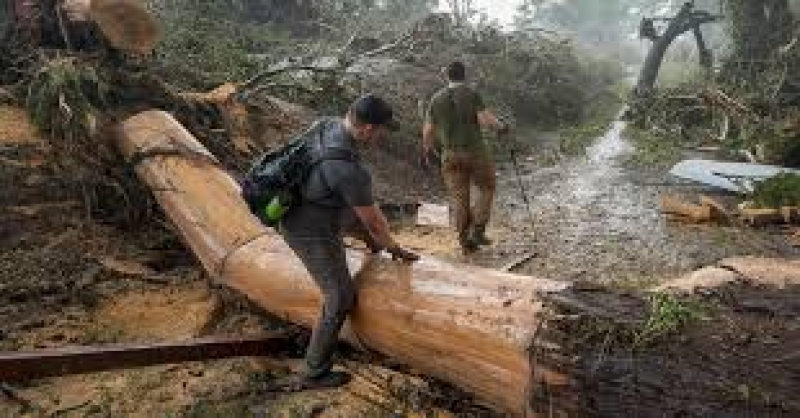- Trump considering military options on Greenland; Europe rejects |
- Fertiliser crunch threatens Kushtia’s onion boom despite high prices |
- Security Council Divided on United States' Venezuela Action |
- Over 1.53m voters register for postal balloting: Shafiqul Alam |
Flash floods kill over 80 in Texas; dozens still missing

At least 82 people have died in devastating flash floods that swept through Texas during the Fourth of July holiday weekend, with dozens more still missing, including children from a summer camp, officials confirmed Sunday.
The disaster struck along the Guadalupe River near San Antonio, triggering a large-scale search operation amid growing questions about preparedness and the speed of emergency warnings.
Floods hit at the worst possible time
The flash floods, fueled by heavy rainfall, hit the region during the early hours of Friday when most people were asleep. Central Texas’ Hill Country is known to be highly vulnerable to flash floods, as its dry, compacted soil prevents water absorption, forcing rain to flow rapidly across the land.
The National Weather Service issued a flood watch on Thursday afternoon, followed by an urgent warning around 4 a.m. Friday, warning of “catastrophic damage” and severe risks to human life.
Locals reported that by 5:20 a.m., water levels in Kerrville were already dangerously high. The torrential rain, dropping nearly 12 inches (30 centimeters) overnight, caused the Guadalupe River to rise by 26 feet (8 meters) in just 45 minutes.
Death toll likely to rise
Governor Greg Abbott said on Sunday that at least 41 people across Texas remain unaccounted for. Kerr County Sheriff Larry Leitha confirmed the recovery of 68 bodies, including 28 children, from the region, which is home to several youth summer camps.
Fatalities in neighboring counties brought the confirmed death toll to 79 by Sunday evening.
At Camp Mystic, a Christian summer camp along the Guadalupe River, ten girls and a counselor were still missing, officials said. Authorities have not yet provided updated figures for missing persons from other camps or surrounding areas.
“We don’t even want to begin to estimate at this time,” Kerrville City Manager Dalton Rice said, pointing to the large number of visitors during the holiday weekend.
Officials face scrutiny over delayed warnings
Survivors described the floodwaters as a “pitch black wall of death” and raised concerns over the lack of timely emergency alerts.
Kerr County Judge Rob Kelly, whose home is along the river, insisted on Saturday that “nobody saw this coming.” Officials have referred to the disaster as a “100-year flood,” an event considered highly unlikely based on historical data.
Meteorologists, however, warn that human-induced climate change is increasing the frequency and intensity of such disasters. While specific storms cannot immediately be linked to global warming, experts say a hotter atmosphere retains more moisture, leading to heavier rainfall.
Officials also faced questions about why river communities and summer camps were not warned or evacuated before 4 a.m.
Some argued that frequent false alarms can make residents complacent, while others noted that Kerr County had previously proposed a stronger flood warning system similar to tornado alerts, but the plan faced public opposition over its costs.
Officials ended a press briefing on Sunday after repeated questions from reporters about the delays in warnings and evacuations.
Massive cleanup and rebuilding ahead
The flash floods destroyed entire campgrounds and ripped homes from their foundations, leaving widespread devastation, reports UNB.
“It’s going to be a long time before we’re ever able to clean it up, much less rebuild it,” Kelly said after surveying the destruction by helicopter.
The disaster has drawn comparisons to previous deadly floods, including last year’s Hurricane Helene, which forced many residents and businesses to abandon devastated areas.
President Donald Trump has said he plans to visit the flood-affected region on Friday.

